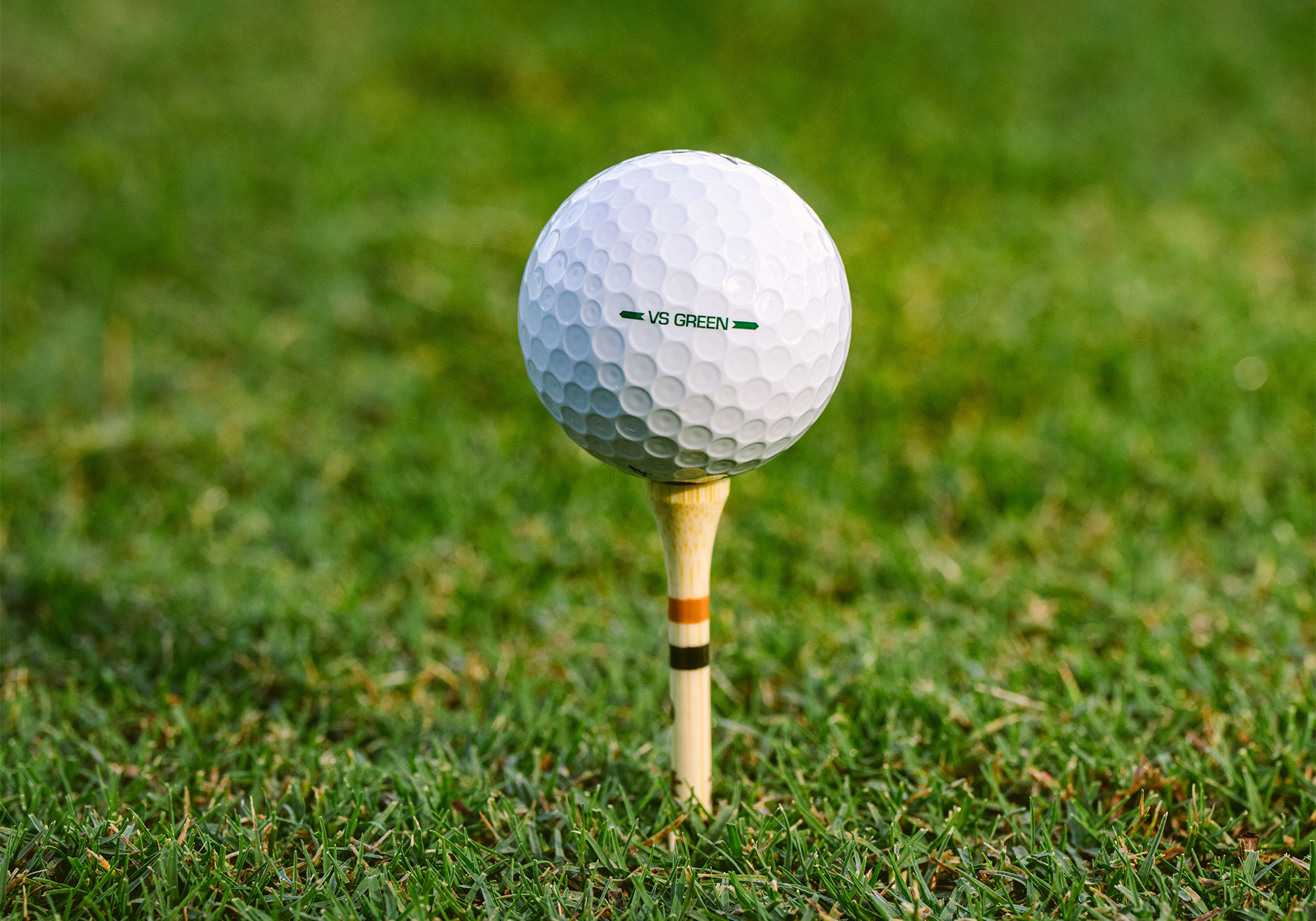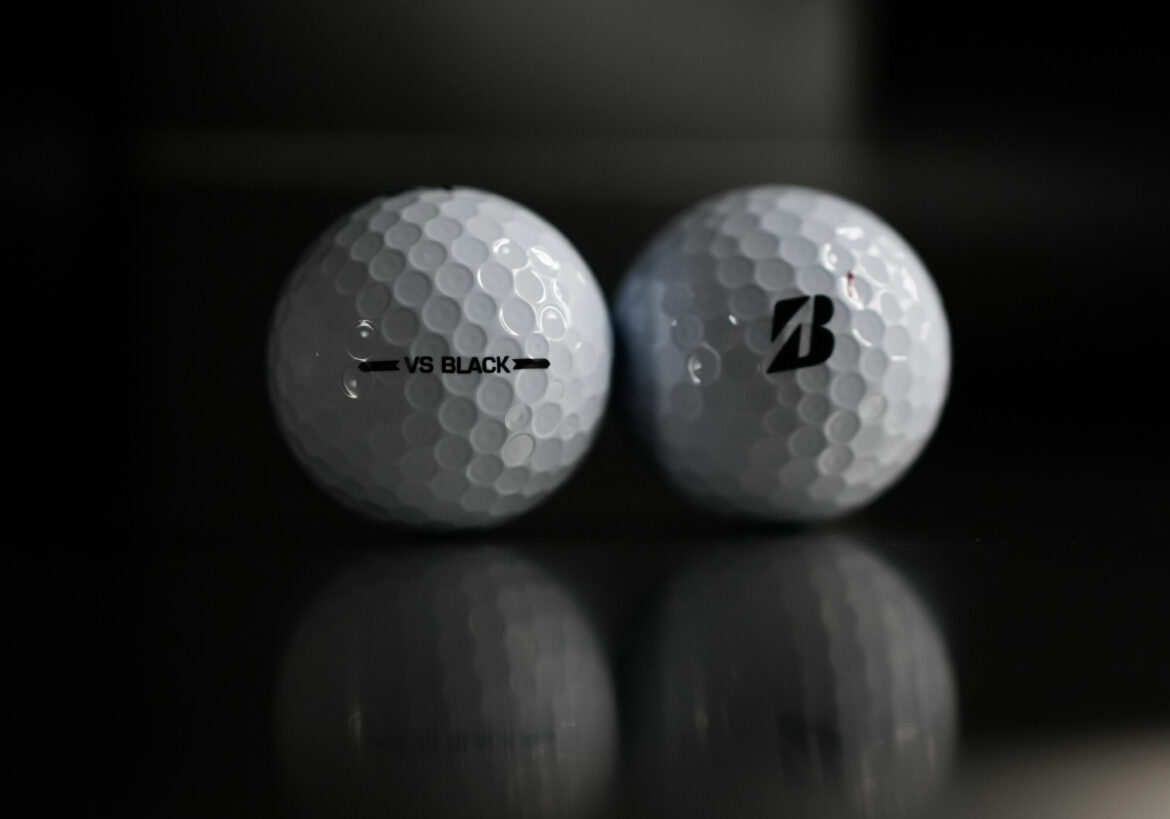We’re well into Teaser SZN where previews of upcoming golf equipment releases are disseminated via the USGA conforming list, official tour-seeding periods, and carefully crafted press releases designed to build anticipation without revealing much.
Superlatives are part and parcel of the strategy. Everything is a “project” these days, but full details remain under wraps until January. All of this is to say, this time of year we start to understand what’s coming, but there’s not a lot of clarity as to how any company achieved its particular flavor of “better.”
Case in point: Bridgestone’s VS Proto golf ball family.
New balls by the numbers
What should come as no surprise is that Bridgestone will again offer four models in its urethane family.
The story behind Bridgestone’s “better” appears to be rooted in a new material or, at a minimum, an entirely different core formulation. Bridgestone says it explored more than 20 different material formulations while producing over 240 prototypes across multiple model variations before arriving at these final prototypes (which are almost certainly the four retail models).
Testing with regular golfers found gains of 2.3 mph ball speed and 8.7 yards of distance, though the fine print matters here—those numbers are when golfers were fit into VS prototypes relative to their current balls. Gains are never nothing, but this also emphasizes the importance of ball fitting, which most golfers still aren’t convinced is every bit as important as club fitting.
The bigger part of the story (out of the gate, anyway) centers on tour player performance gains. It’s early, to say the least (nobody can actually buy these balls yet), but the initial results are compelling. Jason Day gained 9.2 yards off the tee and posted +2.339 strokes gained tee-to-green with an 8.6% increase in driver accuracy during the FedEx Cup Playoffs.

In his first event with the VS Black, Chris Gotterup averaged 312 yards off the tee (good enough for second in the field) and finished first in strokes gained off the tee with a remarkable +7.311.
It should go without saying that this initial sample size is small, but the results at least hint at the notion that Bridgestone might actually have something.
For what it’s worth, Bridgestone’s signature athlete Tiger Woods “confirmed the ball speed increase” while expressing excitement about putting the ball in play in 2026. Granted, that’s not exactly concrete data, but in fairness, Tiger is a little banged up right now. Again.
No word yet on what gains Matt Kuchar or the St. Andre crew are seeing with the VS Proto series.

The material science story
Bridgestone’s approach is typical for this time of year. We get some compelling performance claims and a few impressive data points, but the actual engineering details remain locked away until the official launch. What I can say is that when Bridgestone releases full details ahead of the PGA Show in January, expect a heavy dose of material science to explain the increased ball speed and improved flight stability.
There will inevitably be entirely fair questions around how Bridgestone was able to gain speed while staying inside USGA rules. We’ll definitely ask them, though it should be pointed out that the USGA tests under specific conditions, and what’s true under the governing body’s prescribed launch conditions may not translate perfectly to other combinations of head speed, launch, and spin.
It’s also true that while Bridgestone’s Tour B X was likely already pushing close to the USGA’s initial velocity limit, the other offerings with their varying degrees of lower compression almost certainly offered additional wiggle room. But as noted, both Day and Gotterup (and likely Tiger) are all playing the VS Black, which is the successor to what we currently know as the Tour B X. So yeah, it’s going to be interesting to understand the mechanics of what Bridgestone accomplished.

First impressions
That said, I’ve spent a little time on the course with the VS Black. I liked it enough that I never got around to trying the other three models. The ball delivered solid distance without any noticeable drop-off from what I’m used to, while the greenside performance was solid (and we already know Bridgestone balls are outstanding performers in wet conditions). While I can’t say it was noticeably straighter than anything else I’ve played recently, it definitely wasn’t a step backward in any meaningful way.
There’s still a lot left to learn, but in a year where several compelling new tour balls will be hitting the market, Bridgestone’s offering might be the most intriguing of them all.
More information as it becomes available.

Why wait?
While new products often bring plenty of anticipation, they also bring discounts on existing inventory. So as part of its readiness plan for whatever VS Proto becomes, Bridgestone has discounted the current TOUR B series while supplies last.
Have your say
When was the last time you played a Bridgestone ball with any regularity? How interested are you in the upcoming models?
The post Bridgestone’s VS Prototype Project: The Most Intriguing Ball Story of 2026? appeared first on MyGolfSpy.
